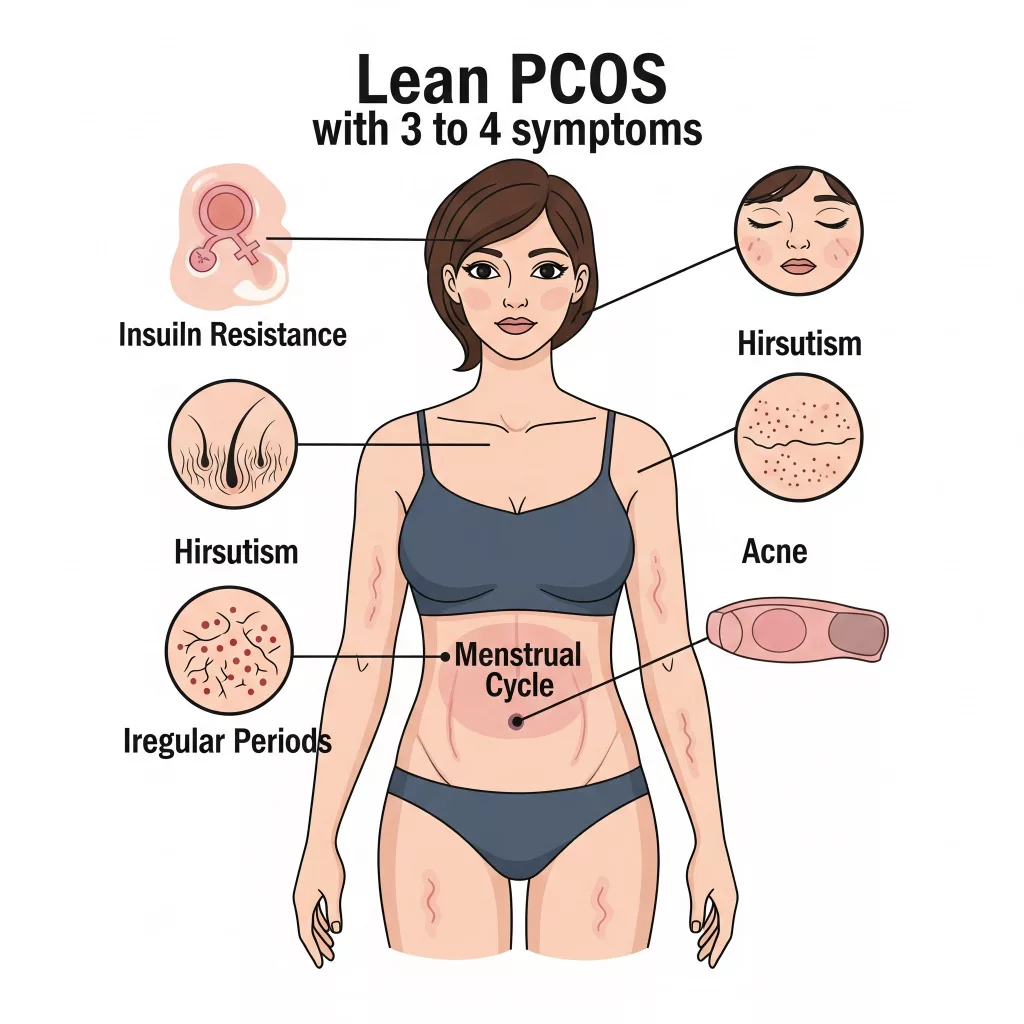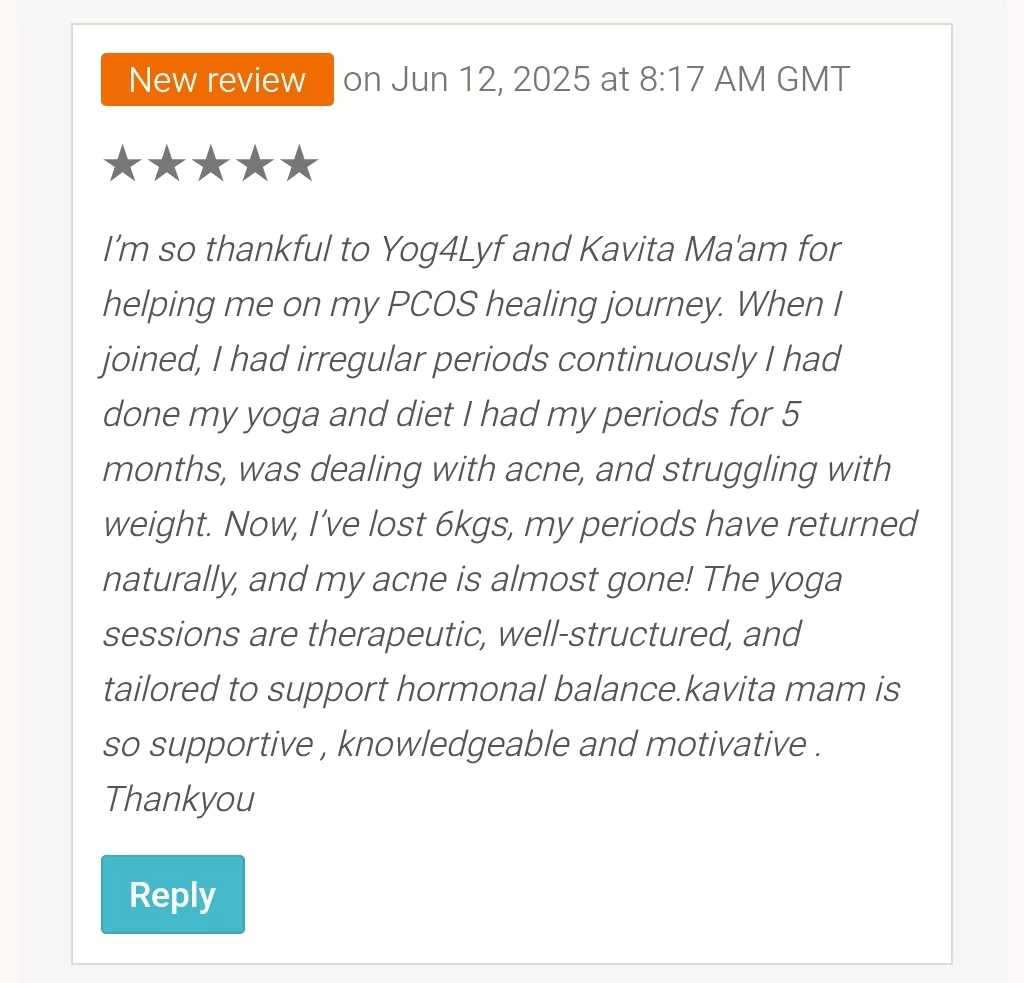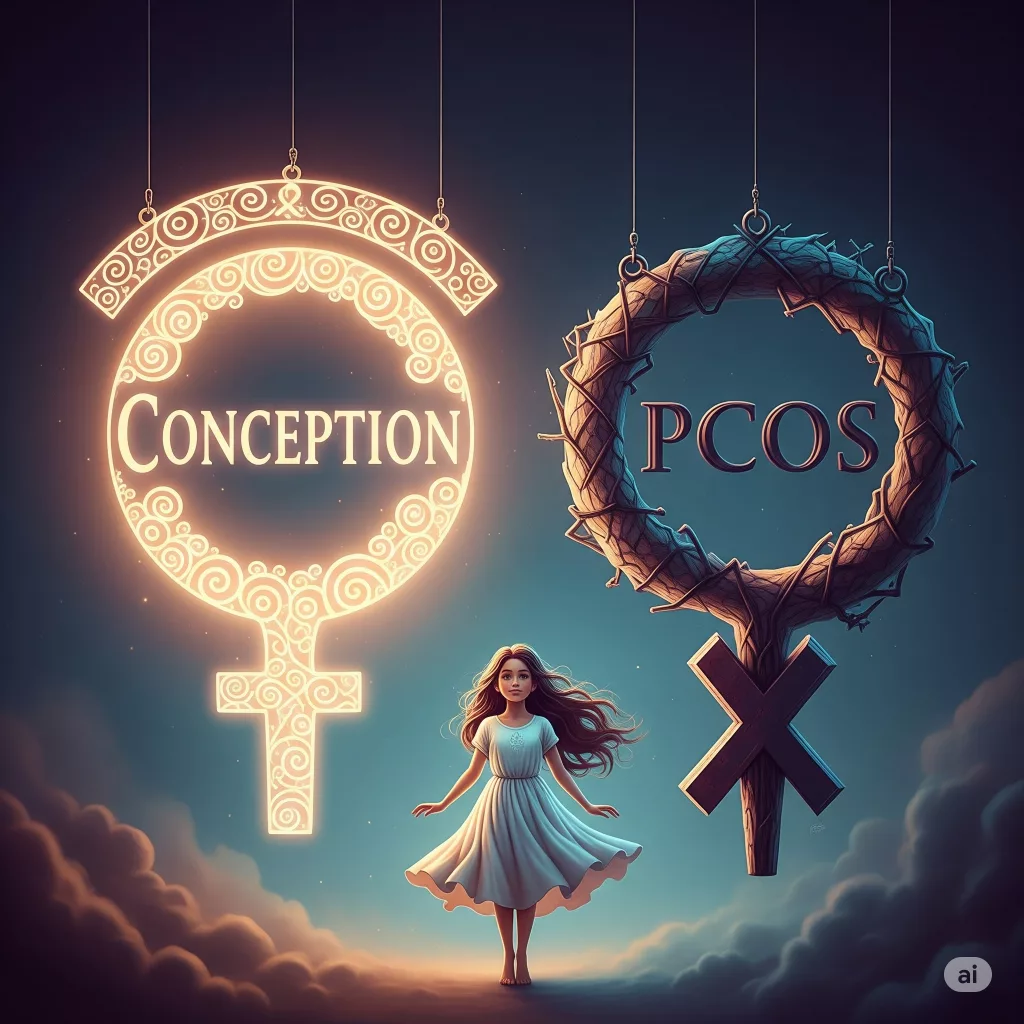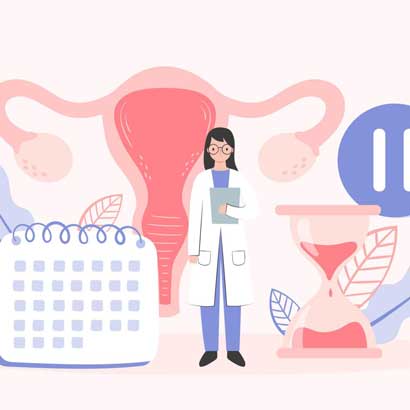
Introduction: Understanding PCOS and Its Impact
September marks PCOS Awareness Month, a dedicated time to spread awareness about Polycystic Ovary Syndrome (PCOS), a condition that affects a significant percentage of women worldwide. PCOS is a complex hormonal disorder, and its widespread impact on women’s health is often misunderstood or underreported. PCOS Awareness Month serves to educate people, promote research, and encourage early diagnosis, which is essential for better long-term management of the condition.
Polycystic Ovary Syndrome (PCOS) is a common condition that impacts the ovaries, often causing irregular or prolonged menstrual cycles, high levels of male hormones, and small collections of fluid (follicles) on the ovaries. Women with PCOS face a variety of challenges, including infertility, weight gain, acne, and hormonal imbalances.

PCOS affects an estimated 10-15% of women of reproductive age, making it one of the most prevalent endocrine disorders globally. Yet, despite its prevalence, it often goes undiagnosed for years due to the lack of awareness about its symptoms and long-term health risks. By raising awareness, PCOS Month aims to ensure that more women receive an early diagnosis and appropriate treatment.
The goals of PCOS Awareness Month include:
Education: Raising awareness about the symptoms and health risks of PCOS.
Prevention: Encouraging early diagnosis and lifestyle changes to manage symptoms.
Advocacy: Pushing for better healthcare resources and research funding for PCOS.

Recognizing the Symptoms and Challenges of PCOS
The symptoms of PCOS can vary widely between individuals, but common indicators include irregular or absent menstrual cycles, excessive hair growth (especially on the face and body), and difficulty losing weight. Women with PCOS often experience acne and thinning hair on their scalp due to hormonal imbalances. The hormonal disruption caused by PCOS can also lead to infertility, one of the most challenging aspects of the condition.
PCOS doesn’t only affect physical health; it also has a significant emotional toll. Women with PCOS frequently struggle with feelings of low self-esteem due to physical changes like weight gain, acne, and hirsutism. Many report feeling anxious or depressed as a result of the emotional strain of dealing with the disorder. PCOS can also put a strain on relationships, as many women feel misunderstood or isolated because of their symptoms.
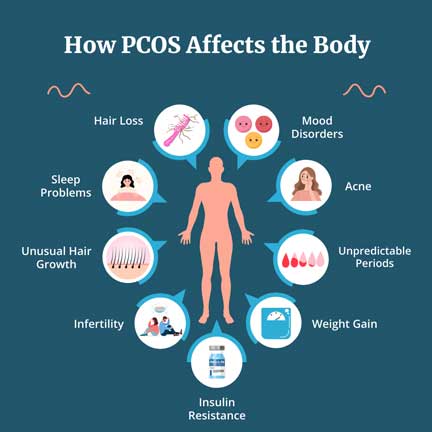
Lifestyle factors play a major role in the management of PCOS. A sedentary lifestyle, poor diet, and high stress levels can worsen symptoms. Incorporating healthier habits like regular exercise and a balanced diet can significantly reduce the severity of PCOS symptoms, making lifestyle changes a key part of managing the condition.
The long-term health risks associated with PCOS are significant and include Type 2 diabetes, heart disease, and complications with fertility. Insulin resistance is particularly common in women with PCOS, which leads to an increased risk of developing diabetes. Left untreated, PCOS can also increase the risk of endometrial cancer due to irregular ovulation and prolonged exposure to unopposed estrogen.
PCOS and Other Factors Contributing to Infertility
Polycystic Ovary Syndrome (PCOS) is one of the leading causes of infertility, but several other reproductive conditions can also impact a woman’s ability to conceive. In addition to PCOS, fibroids, endometriosis, and blocked fallopian tubes are common factors that contribute to infertility, often requiring medical intervention such as in vitro fertilization (IVF) to achieve pregnancy.
Fibroids
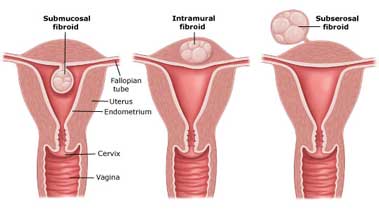
Fibroids are non-cancerous growths in the uterus that can interfere with fertility by disrupting the implantation process. Their size and location within the uterus play a crucial role in how they affect a woman’s reproductive health. Large fibroids or those located near the uterine lining can prevent the embryo from properly implanting, making natural conception difficult. In such cases, IVF offers a solution by bypassing the obstacles posed by fibroids, increasing the chances of a successful pregnancy.
Endometriosis

Endometriosis, a condition where tissue similar to the lining of the uterus grows outside of it, is another significant cause of infertility. This abnormal tissue growth can lead to scarring, inflammation, and damage to reproductive organs, hindering the chances of natural conception. Endometriosis not only causes pain but also affects the functionality of the ovaries and fallopian tubes. By facilitating fertilization outside the body, IVF provides hope for women with endometriosis, allowing embryos to form without interference from the condition.
Blocked fallopian tubes
Blocked fallopian tubes, often caused by infections, scarring, or pelvic inflammatory disease, also contribute to infertility by preventing the egg from reaching the uterus. In such cases, IVF circumvents the fallopian tubes entirely, allowing fertilization to occur directly in a lab, and the resulting embryo is implanted into the uterus.
Unexplained Fertility

Together with PCOS, these conditions represent a range of challenges that can make natural conception difficult. In cases of unexplained infertility, these factors may still be present, contributing to fertility struggles. IVF, as a result, becomes a vital option for couples facing these barriers, offering a path to parenthood even when natural conception is not possible.
Conventional Treatments vs. Holistic Approaches for PCOS
Conventional medical treatments for PCOS typically focus on managing symptoms. Birth control pills, anti-androgens, and metformin are commonly prescribed to regulate menstrual cycles, reduce androgen levels, and improve insulin sensitivity. While these medications can provide symptom relief, they often come with side effects and don’t address the root cause of the condition. As a result, many women seek alternative or complementary therapies.
A holistic approach to managing PCOS combines conventional medicine with lifestyle modifications. This includes making changes to diet and exercise, as well as managing stress levels. A diet that is rich in whole foods and low in processed, high-sugar foods can help to regulate blood sugar levels and reduce inflammation. Low glycemic index (GI) foods, such as vegetables, whole grains, and lean proteins, are particularly beneficial for women with PCOS, as they help to balance insulin levels.
Exercise is another critical component of managing PCOS. Regular physical activity not only helps with weight management but also improves insulin sensitivity and promotes hormonal balance. Incorporating activities like yoga can provide additional benefits by reducing stress and improving emotional well-being, which is crucial for women with PCOS.
How Yoga Benefits Women with PCOS
Yoga is a powerful tool for managing PCOS symptoms because it helps to balance the hormones that regulate the reproductive system, reduce insulin resistance, and lower stress levels. Regular yoga practice promotes relaxation and mental clarity, which can have a direct impact on the body’s hormone levels. By calming the mind and lowering cortisol, yoga helps to bring balance to the endocrine system, which is often disrupted in women with PCOS.

The benefits of yoga extend beyond hormonal balance. Practicing yoga helps to reduce insulin resistance, one of the key drivers of PCOS, and promotes overall well-being by encouraging better lifestyle habits. Yoga poses that focus on the reproductive organs can stimulate ovarian function and regulate the menstrual cycle, which is particularly important for women experiencing irregular periods or infertility due to PCOS.
PCOS often leads to chronic stress and anxiety, both of which can worsen symptoms. Yoga provides an effective means of stress reduction by promoting mindfulness and relaxation. Through a combination of deep breathing exercises and physical postures, yoga lowers cortisol levels, a hormone that rises in response to stress. This, in turn, supports hormonal balance and improves mood, reducing the likelihood of anxiety and depression in women with PCOS.
Scientific Evidence Supporting Yoga for PCOS
Numerous studies have demonstrated the benefits of yoga for women with PCOS. Research has shown that practicing yoga can significantly reduce testosterone levels, improve insulin sensitivity, and regulate menstrual cycles. A 2016 study published in the Journal of Alternative and Complementary Medicine found that women who practiced yoga for six months experienced a significant reduction in androgen levels, as well as improved ovulation.
In addition to its hormonal benefits, yoga also improves fertility outcomes for women with PCOS. Studies have shown that yoga can help to regulate the menstrual cycle and promote regular ovulation by improving the balance of luteinizing hormone (LH) and follicle-stimulating hormone (FSH). This, in turn, improves the chances of conception for women with PCOS-related infertility.
Women who practice yoga often report a greater sense of control over their symptoms and improved emotional well-being. Regular yoga practice not only helps to alleviate physical symptoms but also addresses the mental health challenges that often accompany PCOS, making it a well-rounded approach to managing the condition.
Best Yoga Asanas to Manage PCOS Symptoms
Balasana (Child’s Pose)
Balasana, or Child’s Pose, is a restorative yoga posture known for its calming and stress-relieving benefits. For women with PCOS, stress reduction is essential as stress can aggravate hormonal imbalances. This gentle pose relaxes the mind, helping to reduce anxiety, a common symptom of PCOS. Its soothing effects on the nervous system promote better emotional well-being.
Additionally, Balasana helps to release tension in the lower back, hips, and pelvis. Women with PCOS often experience discomfort in these areas due to irregular menstrual cycles or bloating. By gently stretching and decompressing these regions, the pose alleviates pain and discomfort, providing relief from physical tension related to PCOS.
To perform Balasana, start by kneeling on the floor with your big toes touching and knees slightly apart. Slowly sit back on your heels, extending your arms forward, and lower your forehead to the mat. If this is uncomfortable, you can modify by using a cushion under your torso or knees for support. Hold the pose for a few deep breaths, focusing on relaxation and releasing tension.
Bhujangasana (Cobra Pose)
Bhujangasana, or Cobra Pose, is highly beneficial for women with PCOS due to its ability to improve blood circulation. Enhanced blood flow stimulates the reproductive organs, promoting hormonal balance. Since hormonal imbalance is a key concern in PCOS, this pose supports the body’s natural healing process by addressing one of the root issues of the condition.
In addition to hormonal benefits, Bhujangasana stretches the chest and abdomen, which helps in opening up the lungs and promoting better breathing. Improved oxygen intake reduces stress and fatigue, both of which are common in women with PCOS. The chest expansion also energizes the body, improving overall vitality.

To perform Bhujangasana, lie flat on your stomach with your hands placed under your shoulders. Slowly press into your palms, lifting your chest while keeping your elbows close to your body. Stretch your back and chest upwards, but avoid straining the lower back. Hold the position for a few breaths, then gently lower yourself back to the mat.
Supta Baddha Konasana (Reclining Bound Angle Pose)
Supta Baddha Konasana, or Reclining Bound Angle Pose, is especially beneficial for women with PCOS as it helps stimulate the reproductive organs and supports hormonal balance. By gently opening the pelvic region, this pose promotes blood flow to the ovaries and uterus, helping alleviate symptoms linked to PCOS, such as menstrual irregularities and hormonal fluctuations.
This pose also provides relief from menstrual cramps and discomfort, which are common for women with PCOS. By opening the hips and stretching the inner thighs, Supta Baddha Konasana helps relax the pelvic muscles and reduce tension. This can significantly ease the pain associated with menstrual cycles and bloating.

To perform Supta Baddha Konasana, begin by sitting on the mat with your legs bent and the soles of your feet touching. Slowly recline onto your back, using a bolster or cushion under your head if needed for comfort. Allow your knees to gently fall open, with your arms relaxed at your sides. Hold this position for several breaths, focusing on relaxing the hips and releasing tension in the pelvic area.
Malasana (Garland Pose)
Malasana, or Garland Pose, is a powerful yoga posture that benefits women with PCOS by strengthening the pelvic floor muscles. A strong pelvic floor supports reproductive health and can alleviate some symptoms of PCOS, such as irregular periods or discomfort. The deep squatting position also promotes flexibility in the hips and helps release tension in the lower body.
Additionally, this pose tones the reproductive organs and improves overall circulation to the pelvic region. Improved blood flow can support hormonal balance, a critical factor in managing PCOS. Malasana also aids digestion, which is often disrupted in women with PCOS due to hormonal imbalances and stress-related digestive issues.
To perform Malasana, begin by standing with your feet slightly wider than hip-width apart. Squat down slowly, bringing your hips towards the ground, and press your elbows against the inner knees. Keep your back straight and your hands in a prayer position in front of your chest. Hold this position for several breaths, focusing on keeping your balance and stretching the hips and pelvic muscles.
Dhanurasana (Bow Pose)
Dhanurasana, or Bow Pose, is a beneficial yoga posture for managing PCOS symptoms due to its ability to stimulate the abdominal organs and enhance overall digestive health. This pose supports a healthy metabolism and helps alleviate common issues like bloating, which many women with PCOS experience.
By promoting improved circulation and hormonal balance, Bow Pose can also reduce menstrual discomfort, making it a valuable addition to a PCOS-friendly yoga routine.

To perform Dhanurasana, start by lying on your stomach with your arms extended alongside your body and your legs straight. Bend your knees, bringing your heels towards your glutes. Reach back with both hands to grasp your ankles. Inhale deeply and lift your chest and thighs off the floor, pulling your ankles towards your back. Keep your gaze forward and hold the pose for a few breaths, then gently release and return to the starting position. Repeat as needed, focusing on smooth, controlled movements.
Shavasana (Corpse Pose)
Shavasana, or Corpse Pose, is a restorative yoga posture that promotes deep relaxation and stress relief, both of which are essential for managing PCOS symptoms. This pose helps calm the nervous system and allows the body to rest, aiding in hormonal balance. Practicing Shavasana regularly can help lower cortisol levels, which is vital in reducing the negative effects of stress on the body.

To perform Shavasana, lie flat on your back with your arms extended beside you, palms facing upward. Allow your legs to relax naturally, with your feet falling outward. Close your eyes, take slow, deep breaths, and focus on releasing tension from each part of your body. Stay in this pose for 5-10 minutes, focusing on relaxation and mindful breathing.
Ustrasana (Camel Pose)
Ustrasana, or Camel Pose, is a backbend that stretches the front of the body and stimulates the abdominal organs. This pose can help reduce menstrual discomfort and improve digestion, both of which are common issues in women with PCOS. Ustrasana also opens the chest, promoting better breathing and reducing stress.
To practice Ustrasana, kneel on the floor with your knees hip-width apart. Place your hands on your lower back for support as you slowly arch your back, pushing your hips forward. Reach for your heels with your hands, one at a time, and lift your chest toward the sky. Hold the pose for a few breaths, then gently release by bringing your hands back to your lower back and sitting down on your heels.
Naukasana (Boat Pose)
Naukasana, or Boat Pose, strengthens the abdominal muscles and improves digestion, making it beneficial for women with PCOS who may struggle with weight management. This pose also stimulates the reproductive organs, helping to regulate hormones and improve overall metabolic health.
To perform Naukasana, sit on the floor with your legs extended in front of you. Slowly lean back, keeping your spine straight, and lift your legs off the ground, balancing on your sit bones. Extend your arms parallel to the floor, palms facing each other. Hold this position while keeping your core engaged and your gaze forward. Maintain the pose for a few breaths, then slowly lower your legs and return to a seated position.
Setu Bandhasana (Bridge Pose)
Setu Bandhasana, or Bridge Pose, is a powerful asana for strengthening the pelvic region and stimulating the thyroid gland, which helps regulate hormones. This pose also improves digestion and reduces bloating, a common symptom in women with PCOS. The gentle backbend in Bridge Pose opens the chest and stretches the abdominal muscles.
To practice Setu Bandhasana, lie on your back with your knees bent and your feet hip-width apart on the floor. Place your arms alongside your body, palms facing down. As you inhale, lift your hips toward the ceiling, pressing your feet and arms into the floor for support. Hold the pose for a few breaths, then slowly lower your hips back to the ground as you exhale. Repeat as needed, focusing on controlled movement and breath awareness.
Incorporating Yoga into Your Daily Routine for PCOS Management
For women new to yoga, starting with a few gentle poses is a great way to build consistency. Practicing yoga for at least 20-30 minutes daily can make a significant difference in managing PCOS symptoms over time. Incorporating poses like Balasana and Supta Baddha Konasana into your routine can help ease stress and promote hormonal balance.
Combining yoga with other holistic practices, such as pranayama (breathing exercises) and meditation, can further enhance the benefits of yoga for PCOS. These techniques support emotional well-being and help to regulate the nervous system, making it easier to manage stress and anxiety, which can exacerbate PCOS symptoms.
For busy women, yoga apps and online classes offer a convenient way to practice at home. Even short, 10-minute yoga routines can provide significant benefits, especially when practiced consistently.
Additional Tips for Managing PCOS with Yoga and Lifestyle Changes
In addition to yoga, a balanced diet plays a crucial role in managing PCOS symptoms. Incorporating PCOS-friendly foods, such as leafy greens, whole grains, and healthy fats, can help to regulate blood sugar levels and reduce inflammation. Staying hydrated, getting enough sleep, and practicing mindful eating are all essential for supporting overall health.
Consistency is key when managing PCOS with yoga. Regular practice helps to reduce stress, balance hormones, and improve physical and mental well-being. Setting realistic goals and incorporating yoga into your daily routine can lead to long-term improvements in PCOS symptoms.
Joining a supportive community, whether online or in person, can also be incredibly beneficial. Connecting with others who are going through similar challenges provides emotional support and motivation to stick with your yoga practice and other lifestyle changes.
Conclusion: Empowering Women to Take Control of PCOS with Yoga
Yoga offers a holistic, natural approach to managing PCOS symptoms. By promoting hormonal balance, reducing stress, and supporting mental health, yoga provides women with a powerful tool to take control of their health. While it’s not a cure for PCOS, yoga can significantly improve quality of life for those managing the condition.
Consistency is key in seeing results. Over time, yoga practice can help regulate menstrual cycles, improve fertility, and alleviate the physical and emotional toll of PCOS. By incorporating yoga into your daily routine and embracing a holistic lifestyle, you can manage PCOS more effectively and live a healthier, more balanced life.
FAQs: Common Questions About PCOS and Yoga
Can yoga cure PCOS?
Yoga cannot cure PCOS, but it is an effective way to manage the symptoms. Regular yoga practice helps regulate hormones, reduce stress, and improve insulin sensitivity, which are key factors in controlling PCOS. Over time, yoga can lead to significant improvements in overall health, but it does not eliminate the underlying causes of the disorder.
How often should I practice yoga for PCOS?
For best results, practice yoga at least 4-5 times a week. A consistent practice of around 20-30 minutes per day can help improve hormonal balance, reduce stress, and alleviate PCOS symptoms. The more regularly you practice, the better your body responds, helping you manage the condition more effectively.
Are there any specific poses to avoid if I have PCOS?
Most yoga poses are safe for women with PCOS, but intense or high-impact poses should be avoided if they cause discomfort. Poses that put pressure on the abdomen or involve intense twisting should be approached with caution. Always listen to your body and modify poses as needed to ensure your comfort and safety.
How long will it take to see results from yoga for PCOS?
Results vary from person to person, but most women start to see improvements in 2-3 months of consistent practice. Improvements in stress levels and mood can happen more quickly, while hormonal balance and menstrual regularity may take longer. Patience and regular practice are key to seeing long-term benefits.
Can beginners practice yoga for PCOS?
Absolutely! Yoga is highly adaptable, and beginners can start with simple, gentle poses that help regulate hormones and reduce stress. Many beginner-friendly routines focus on breathing, relaxation, and gentle stretches, making yoga an accessible option for women at all fitness levels, including those managing PCOS.
Should I combine yoga with other exercises to manage PCOS?
Yes, combining yoga with other forms of exercise, like cardio or strength training, can offer even greater benefits. Cardiovascular exercises help improve insulin sensitivity and support weight management, while strength training boosts metabolism. Together with yoga, these activities create a well-rounded approach to managing PCOS effectively.





